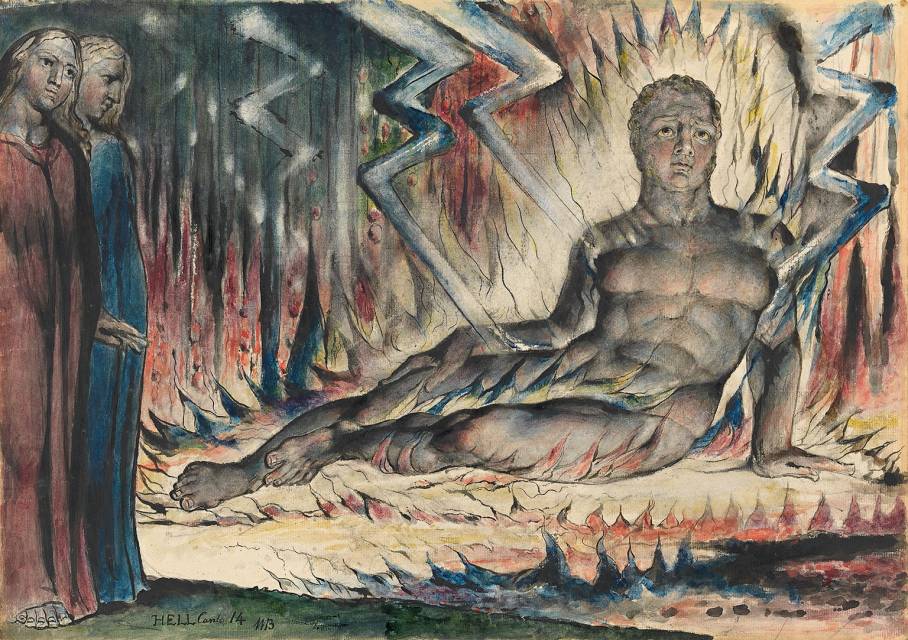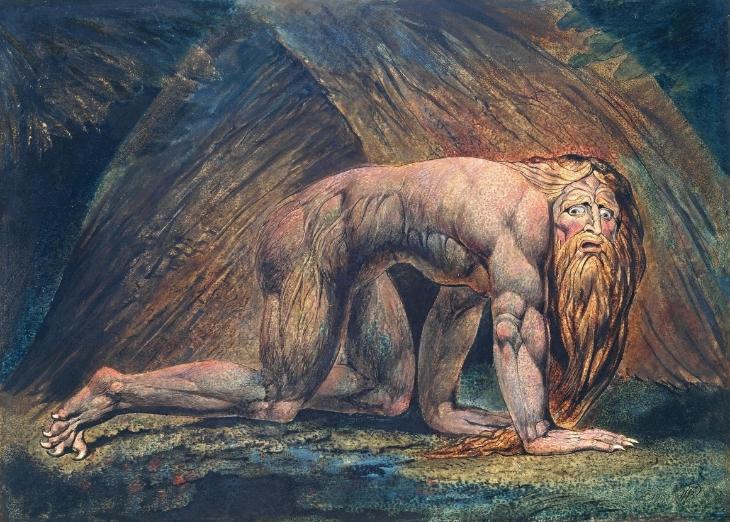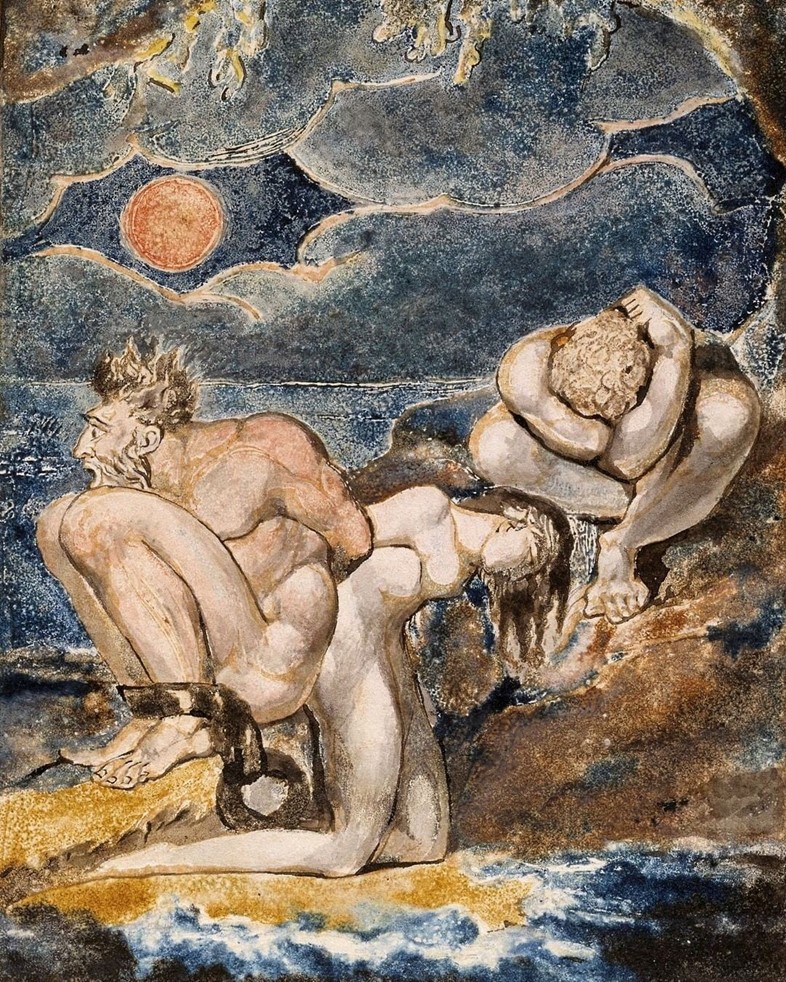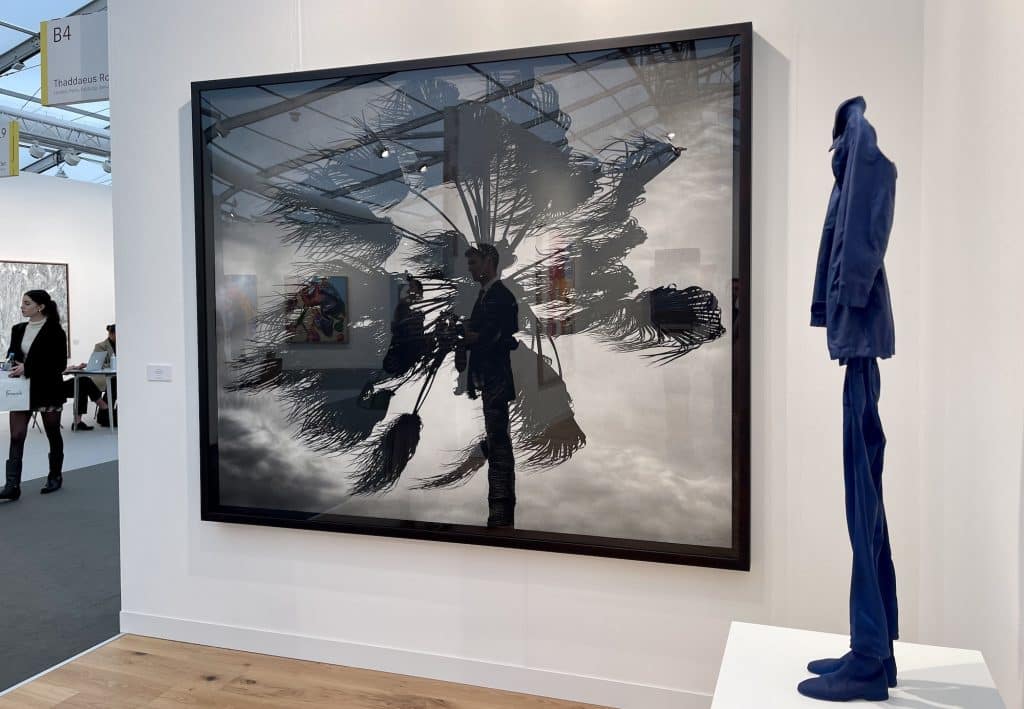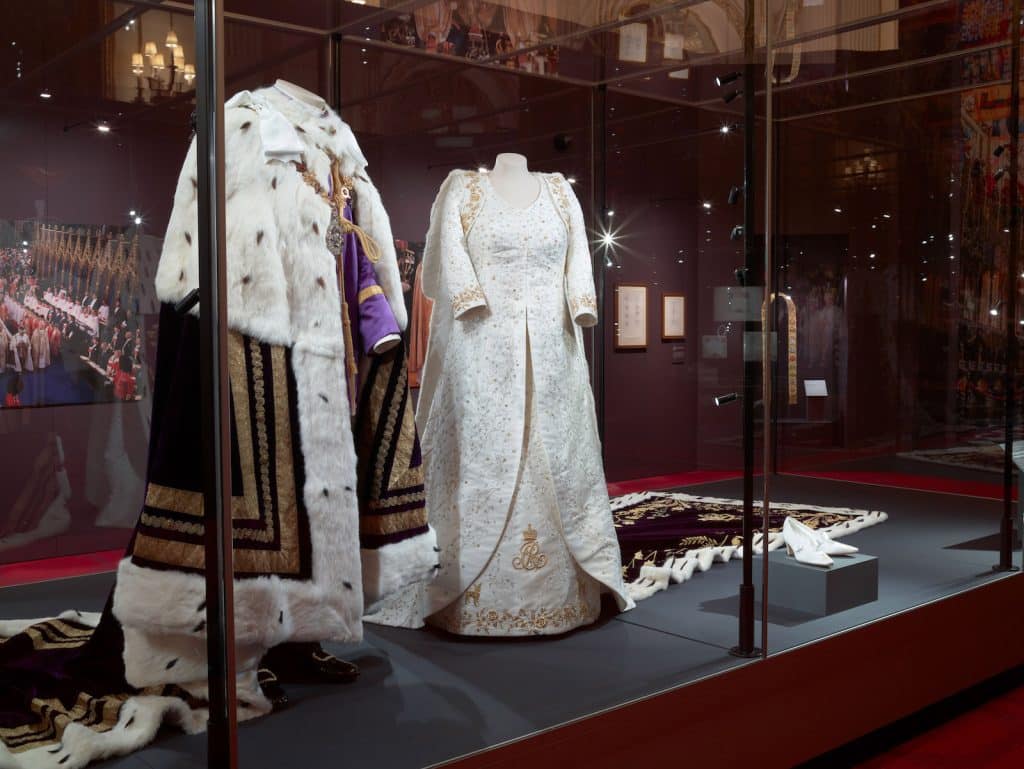Don’t miss the opportunity to see the largest collection of work by William Blake (1757 -1827) in the UK for a generation. William Blake Tate Britain brings together over 300 remarkable and rarely seen works. A visionary painter, printmaker and poet, Blake created some of the most iconic images in the history of British art, and has remained an inspiration to artists, musicians, writers and performers worldwide for two centuries.
Blake was born in London’s Soho in 1757, the son of a successful shopkeeper in Soho. He wanted to be an artist from an early age and his family indulged his passion. In 1779, he enrolled as a student of the Royal Academy of Arts. The RA encouraged its students to imitate the great art of the past, and were expected to copy antique sculptures and look to Renaissance artists for inspiration. The metropolis was a constant source of inspiration for the artist throughout his life, and so there is much focus on London throughout the exhibition.
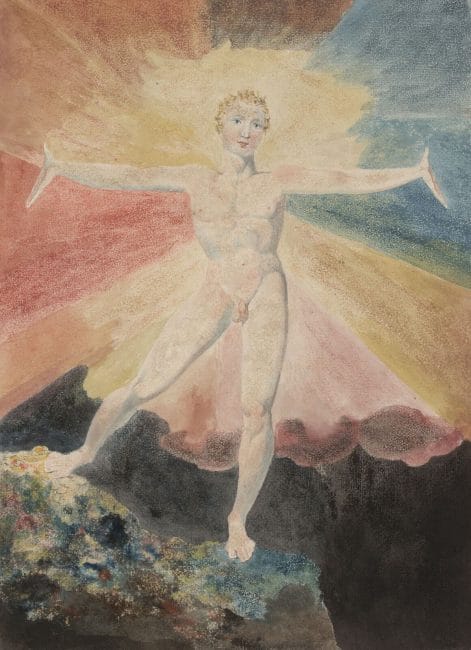
Courtesy of the Huntington Art Collections
William Blake was a staunch defender of the fundamental role of art in society and the importance of artistic freedom. Shaped by his personal struggles as a liberal in a period of political terror and oppression, it seems fitting that William Blake Tate Britain opens with Albion Rose, c. 1793; a visualisation of the mythical founding of Britain. This was created in contrast to the austerity and commercialisation of the times.
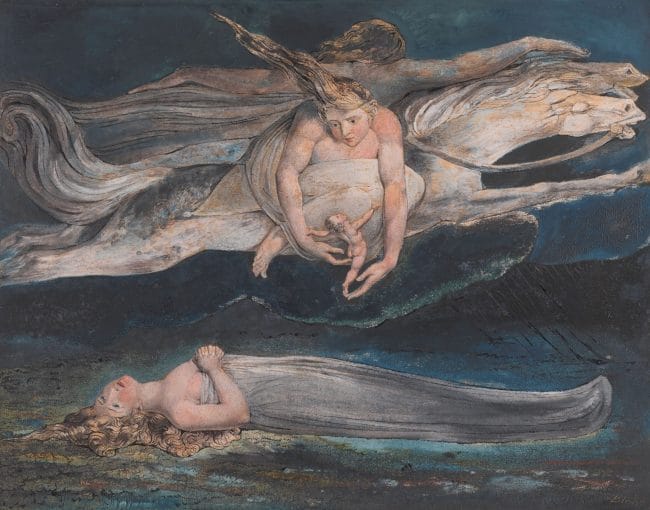
425 x 539 m Tate
Highlights include some of Blake’s best known works, including Newton 1795 c 1805 and Ghost of a Flea c 1819-20. The latter was inspired by a seance-induced vision. Blake insisted that he had regularly seen angels appearing in trees since the age of eight, so he was comfortable going into trance-like states to conjure up the unseen.
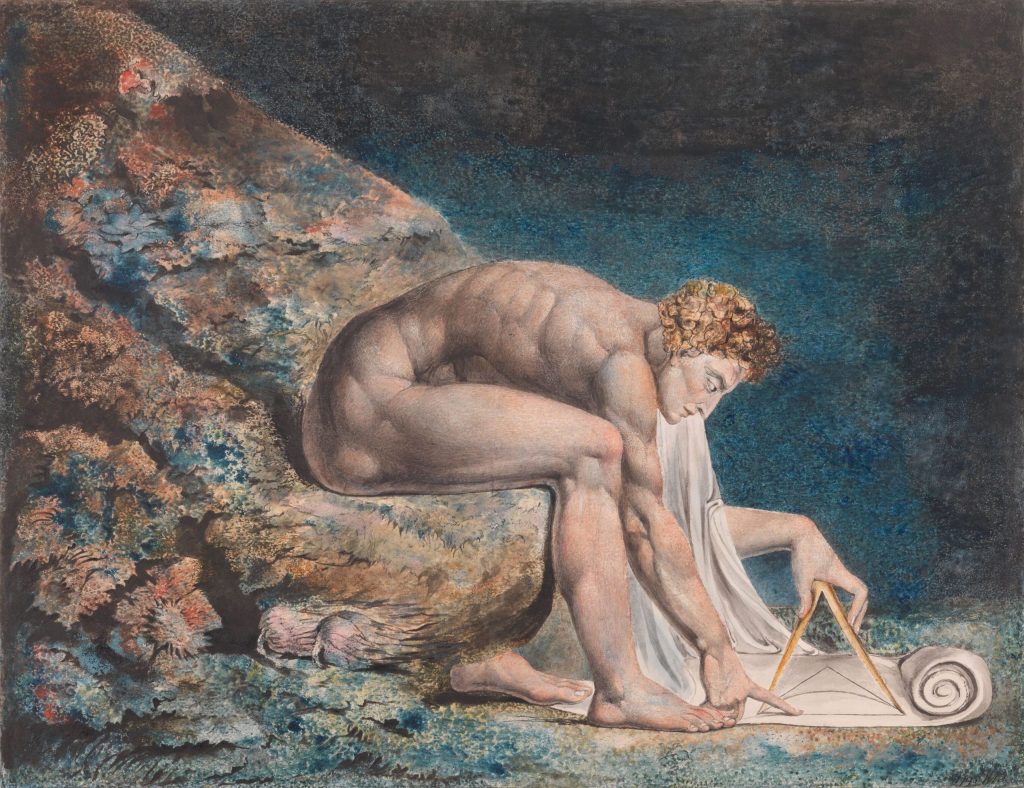
Tate
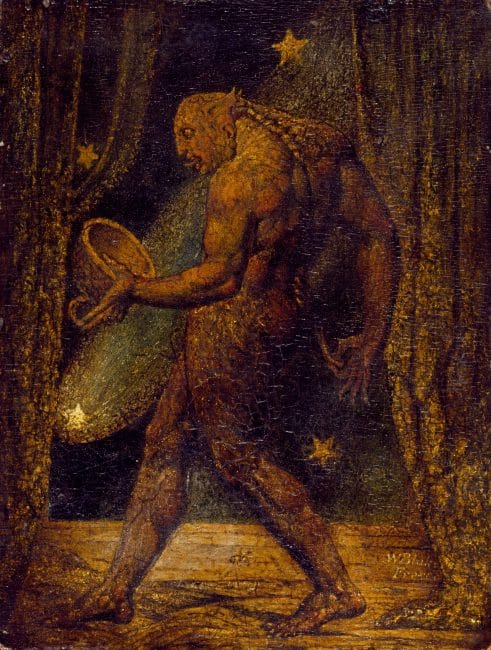
Private Collection
During his lifetime, Blake struggled to be understood and appreciated. Reception of his work by the public, and his contemporaries were less than flattering. In 1809, his ill-fated solo exhibition was a critical and commercial disaster. He had grand ambitions as a visual artist, had envisioned vast frescos that were never realised. Here for the first time, two of his paintings have been enlarged and projected onto the gallery wall on the huge scale that Blake imagined. Following in the tradition of Renaissance masters, such as Michelangelo and Raphael, he wanted to create paintings that were 100 ft high. He claimed that he took inspiration from the sacred art of ancient Egypt, India, and Persia.
Blake also trained as an engraver and during his lifetime, he gained a very good reputation in the field which provided him with a steady income. However he still depended upon the financial support of family, friends, and well-off socially established patrons. It was only after death that he gained the recognition he so desperately craved when alive.
Martin Myrone, Senior Curator, pre-1800 British Art, Tate said: “We are thrilled to celebrate Blake as a true visionary and to finally realise the full scale of his ambitions as a visual artist. It’s also important to set him in context, considering the reception of his work and how it was experienced by his contemporaries. Through the restaging of the 1809 exhibition, as well as through the rare display of his illuminated books in their original bindings, visitors will be able to encounter Blake’s works as they were first seen over 200 years ago.”
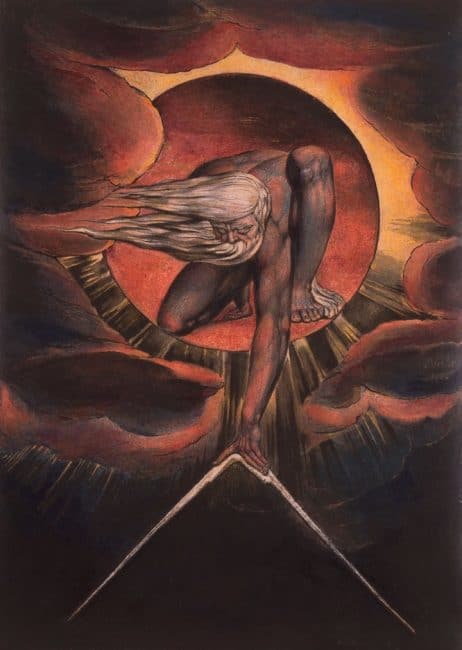
1827 Etching with ink and watercolour on paper
232 x 120mm The Whitworth, The University of Manchester
The retrospective ends with what is believed to be the artist’s final work. On his deathbed, Blake is said to have coloured this impression of The Ancient of Days 1827 declaring it ‘the best I have ever finished’. The image was created for his 1794 prophetic book Europe, a Prophecy along with its partner publication, America, a Phrophecy 1793. He died only a few days later on 12 August 1827.
In November, The Ancient of Days was projected onto St. Paul’s Cathedral to commemorate the artist’s birthday. A fitting tribute to an artist who aspired to the ideas of personal, spiritual and creative liberty.
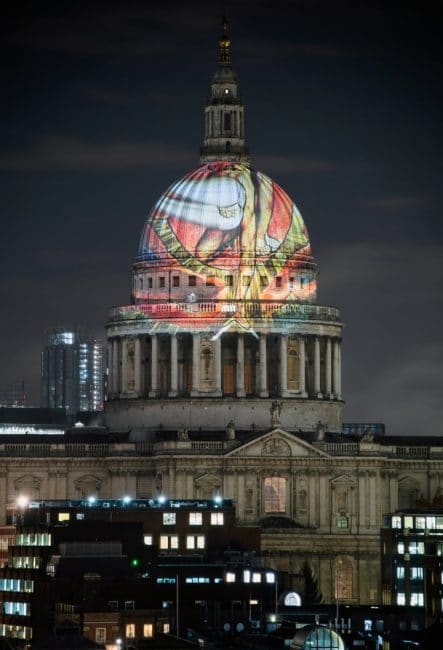
William Blake runs at Tate Britain until 2 February 2020.
For further information please visit: www.tate.org.uk




